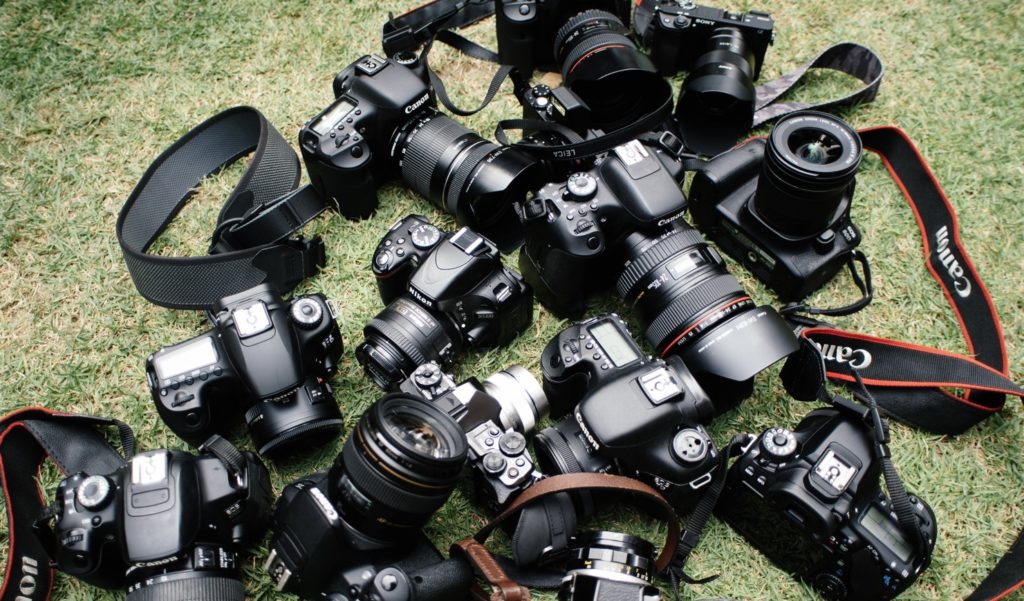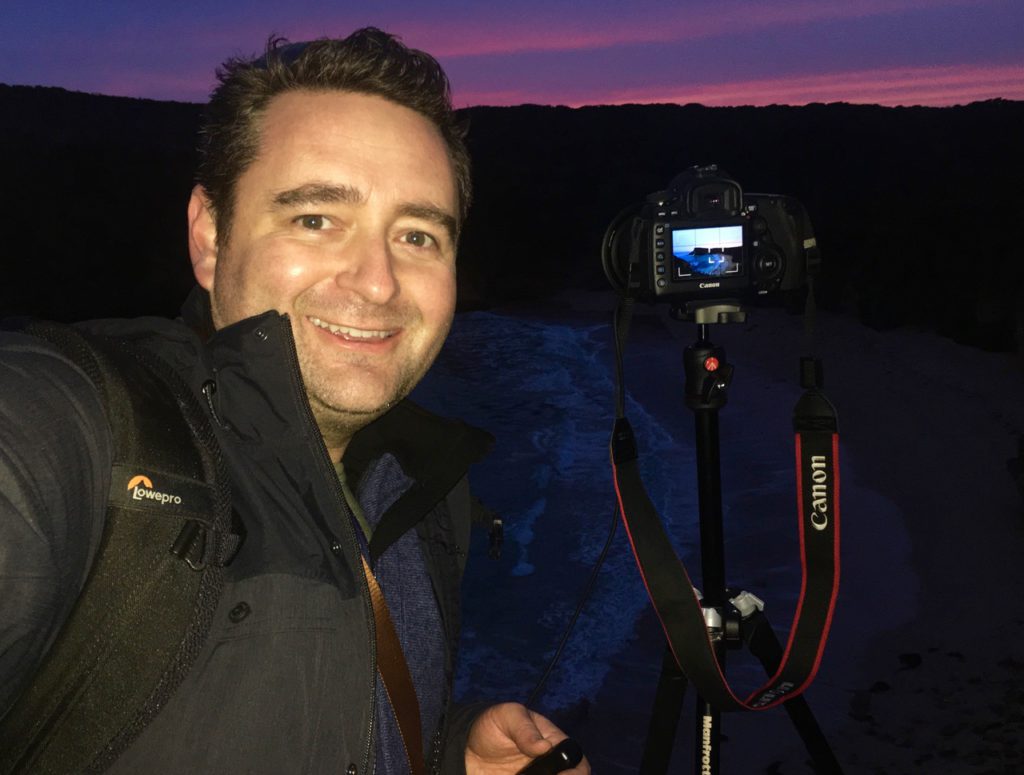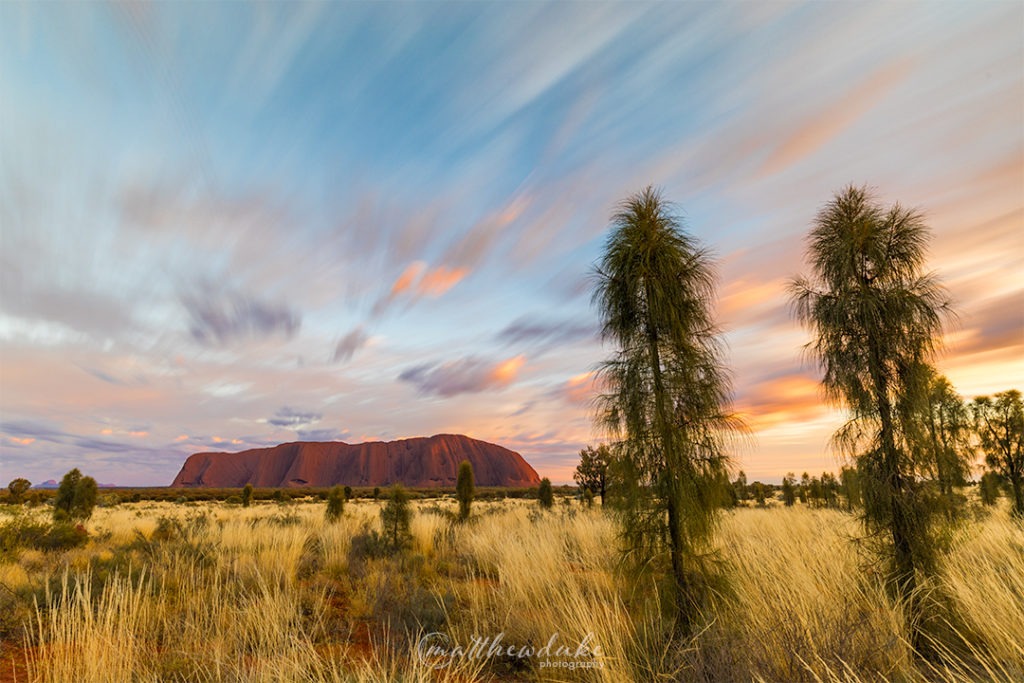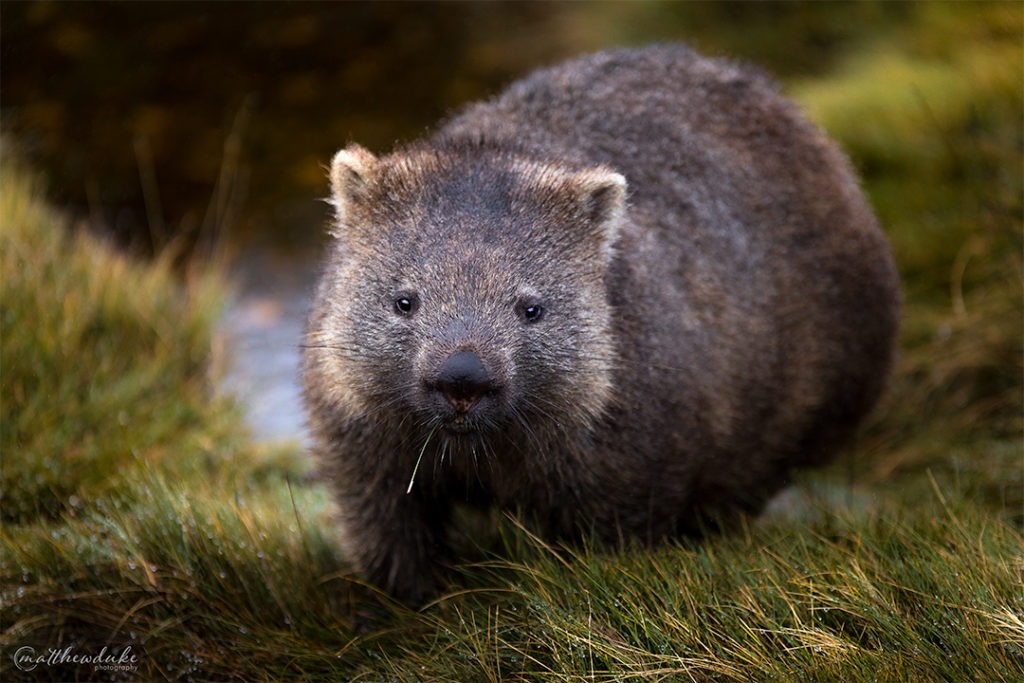When is it time to upgrade your photography gear?
April 28, 2019
Many photographers, of all levels and areas of interest, from amateurs to professionals and landscape photographers to wedding photographers to architecture photographers have GAS from time to time…GAS? What are you on about you may be asking? Well Gear Acquisition Syndrome is a real thing! This is when you suddenly find out that Canon or your favourite brand has released a new camera body model, or perhaps a new lens has been released that is just that much better. Well it may be better on paper…by a small amount… but do you really need it? Is it time to upgrade your camera?
It is an easy trap to fall into, that if you just improve your gear, then your photography shots will instantly improve. And to some degree that is actually true. If you have gone from a 16 mega pixel camera to a 30 mega pixel camera, then sure you suddenly have almost double the amount of pixels and detail to work with, but that may really only improve your shot if you are trying to print them really large. If your technique, use of available settings and lenses remain the same then you probably should expect fairly similar results.

Depending on how long you have had your current model for, if you are upgrading the camera body, you may find that you will receive many benefits by upgrading…I know for example when I upgraded from APS-C camera bodies to full frame cameras, I was able to suddenly enjoy the true features of my lens, especially wide angle lenses as more of the image was now in the shot. Where the APS-C sensor was smaller and actually resulted in a crop factor on the images. That being said, there was several other benefits such as vastly improved sensor quality, low light sensitivity and faster autofocus. This was critical for me when I was taking photographs at weddings, but also now it is very useful when taking photographs in low light such as stars, with minimal noise in the resulting image. That being said, I was using some earlier digital cameras that were fantastic and were able to produce fantastic photographs, however after several years of upgrade opportunities and using them to their absolute limits, I decided to upgrade.
The important thing to remember is that you should focus on mastering the techniques of taking photographs instead of worrying about which camera is best. The bottom line, these days, most camera brands and camera models will allow you to produce awesome photographs, if you have a good understanding of the camera’s limits, settings and also and probably more importantly, how to take good photographs. It is a good idea to experiment and learn how to use your camera in manual mode. This means understanding the effect of shutter speed, ISO, aperture have on your images. Except for the most basic and cheap digital cameras, all cameras should have some level of manual mode, allowing you to learn and experiment.
Often I will shoot in manual mode if I am in a complicated scene that requires lots of fine tuning, but I also may sometimes use a semi-automatic mode from time to time, such as Aperture Priority. This is where I have dialled in my preferred ISO and Aperture and the camera uses its metering sensor to adjust the shutter speed. It all does depend on the subject that you are shooting though, as if you are shooting lots of people at a wedding then you may need to have some level of automatic settings, where in a landscape scene you have more time to focus and consider the settings in more detail.
As can be seen from a lot of my images, I often use filters to allow for longer exposures. This is a perfect example of when I will need to shoot in manual mode, otherwise the camera will incorrectly expose the shot as it doesn’t know the filters I have placed on the front of the lens.
Anyway, back to my original question, When is it time to upgrade your photography gear? Lets have a bit of a detailed look…
1. What is your budget?
This will be different for everyone. If you have spare discretionary cash to spend then you may find that you are upgrading your camera gear more regularly, or perhaps if you are buying your first camera, you are able to go for the better model. I generally find that it is a good idea to consider what you are trying to achieve. If you are just after a beginner camera to learn the skills and see if you really like taking photos, then you may start with a more basic model.
I have always taken the approach that it is better to invest in lenses, as ultimately that is large factor of what your camera can achieve. If you have a basic cheap piece of glass on the end of a fantastic body then you will be more likely to get pin sharp, high quality results. If you decide on a camera brand, in my case, Canon, then you know that as you purchase lenses, you are investing in them for the long term. Most likely you will keep your lenses and use them on future camera bodies as they don’t tend to require upgrading as often.
Bottom line, don’t go getting into heaps of debt over camera gear. It can very easily add up to thousands of dollars and if you aren’t going to use the camera very often, then perhaps you can get away with either a second hand kit on ebay or from your local camera store or go for entry level models.

2. What will you mainly take photos of?
The next thing to consider is what will you be taking photos of mainly? Will you be travelling all over the place with your camera and require something that is light weight, portable? Perhaps you are going to mainly take photos of people, such as your family and friends, or in my case, landscapes. This will dictate what type of camera body you will focus on, but also what lenses you need.
There are many lenses that can serve many functions, such as the Canon 24-70mm f/2.8 II L. This lens is still wide enough to do landscape, but is a brilliant telephoto lens for those times you need to zoom in on your subject. It is also a great portrait lens as it allows you to have a really wide aperture at f/2.8. Overall its a great all rounder lens if you have the money for it. The L in the lens name indicates it is part of Canon’s professional series so you can be assured of the best quality as well as excellent weather sealing.
If you are wanting to travel light then a mirrorless camera such as the Fujifilm XT-3 may be a good choice. With the standard kit lens, it is remarkably sharp and light weight. I am planning on experimenting with this camera for my landscape work in the near future, given its excellent reviews online, brilliant weather sealing and small form factor. For those times when you are hiking up a mountain or travelling overseas sometimes weight really does make a difference!
Consider buying a camera body separately if possible though, as it provides you with more options to then choice a camera body and the perfect lens for your needs. Remember, lens choice is so important for the long term, if it is the right lens then you will use it for many years to come.
3. Other items to consider
Another factor to consider is all the accessories you can choose when buying a new camera kit. For example, you probably should always consider at least one spare battery. With the new mirrorless camera bodies, with their smaller form factor you will find that the batteries are smaller than in a typical DSLR. It is always a good idea to pack a spare battery though as you never know when you will need it.
Filters are another items to consider. If you are taking photographs of waterfalls for example you probably want to select a circular polariser to take away unwanted glare from reflections in the water and on nearby rocks. It will really improve the overall quality of the photograph as well, if used properly. There are many kits that you can buy that have a variety of filters, depending on if you are beginner and wanting to start small or more advanced and want a full set. Usually you will find it is better value to buy filters together in a kit rather than individually.
A shutter cable / remote is also a good accessory to have if you are planning on doing long exposure shots.
Some camera bodies don’t have a built in flash, and lets face it, they are generally very weak, so if you are going to be taking photos in low lit areas and need a good coverage of light, you should consider an external flash that will attach to the top of the camera.
And lastly, I should mention memory cards! This is critical obviously and I recommend that you don’t go cheap on these. Get the best you can buy as they will be storing your precious images. You want to make sure that they don’t fail on you, become corrupted or easily damaged. In addition, make sure they have a fast read / write speed so that you can continue taking photos in succession when needed, without having to wait for the images to save to the memory card. Also, consider if you are going to be in cold or hot climates as some cards will survive better in these extreme conditions!

In closing
Overall, I think all of us are guilty at some point in time of wanting to get better gear, and that can be perfectly fine. I’m certainly guilty of it. But as long as you know how to use the new gear (or existing) and use it. There is nothing worse than buying a new camera body and it sitting in your cupboard gathering dust! Happy shooting!
